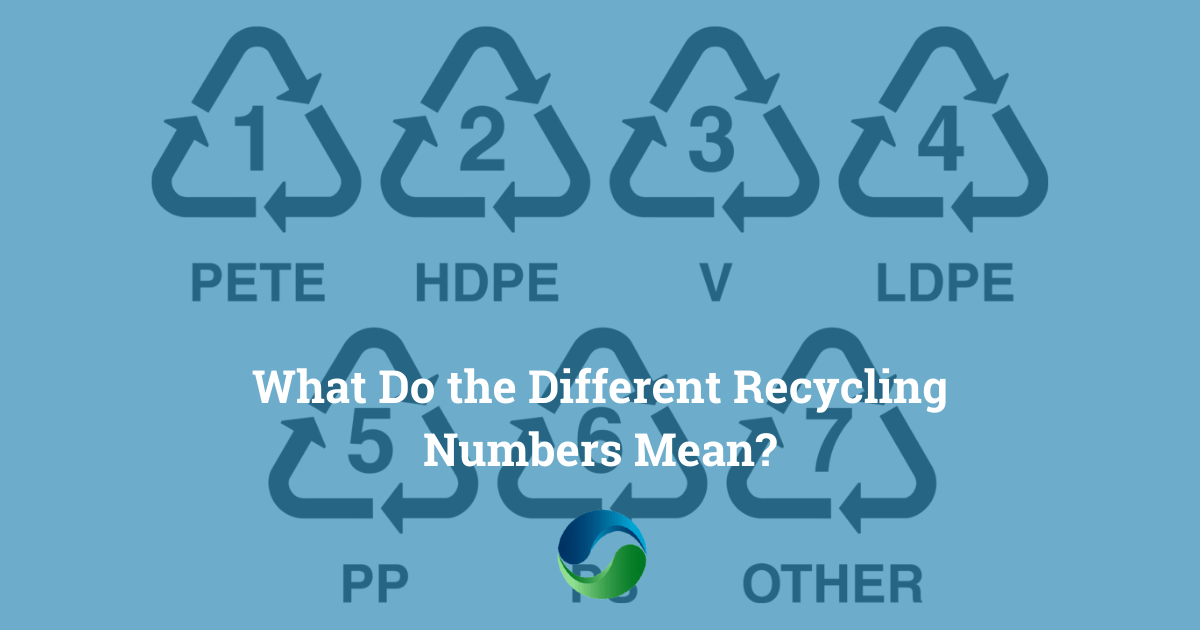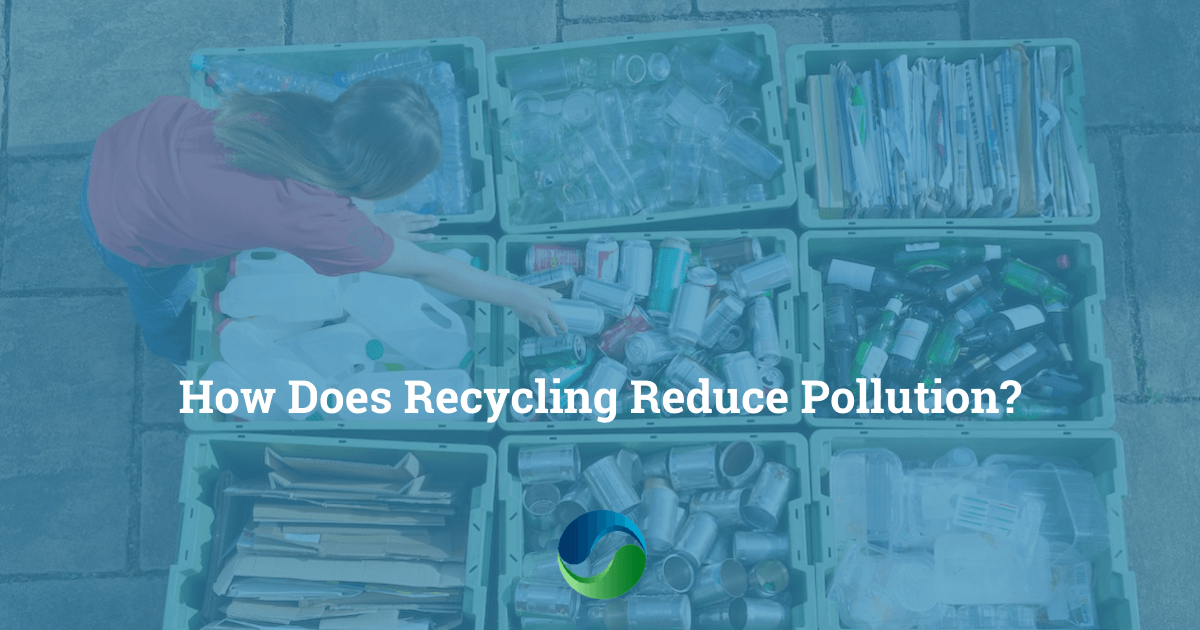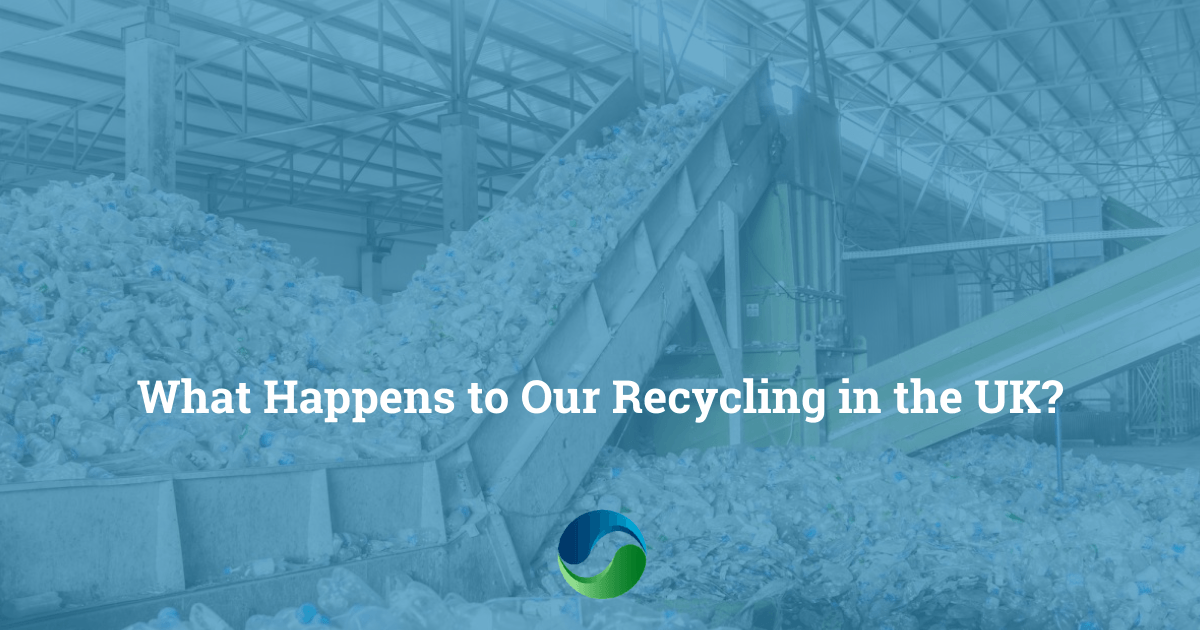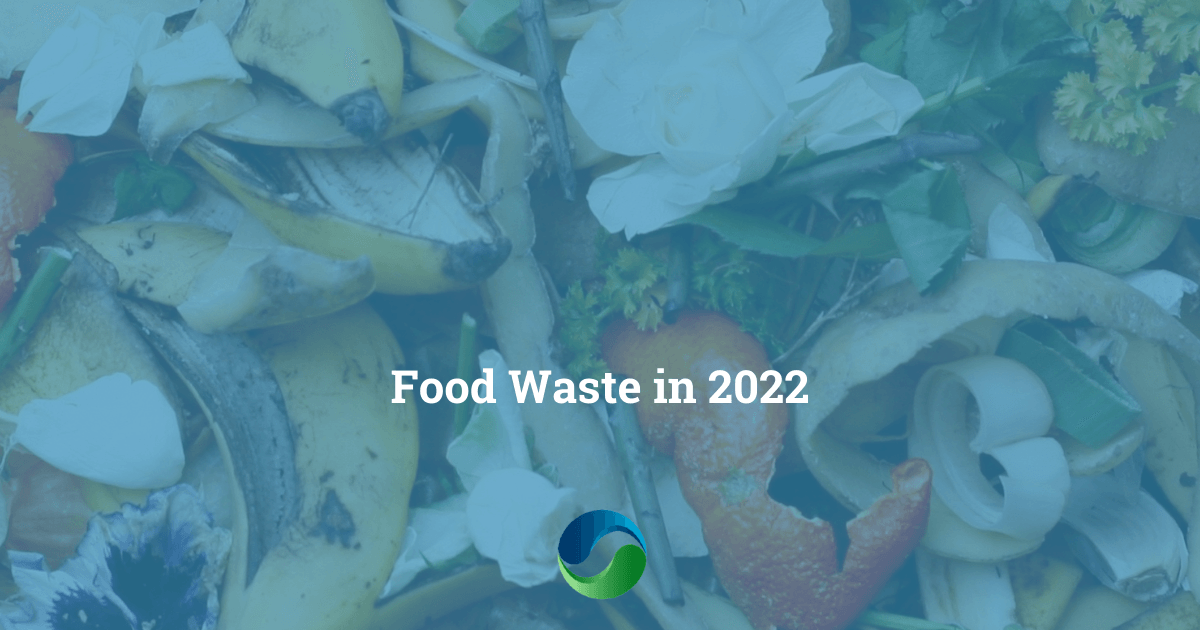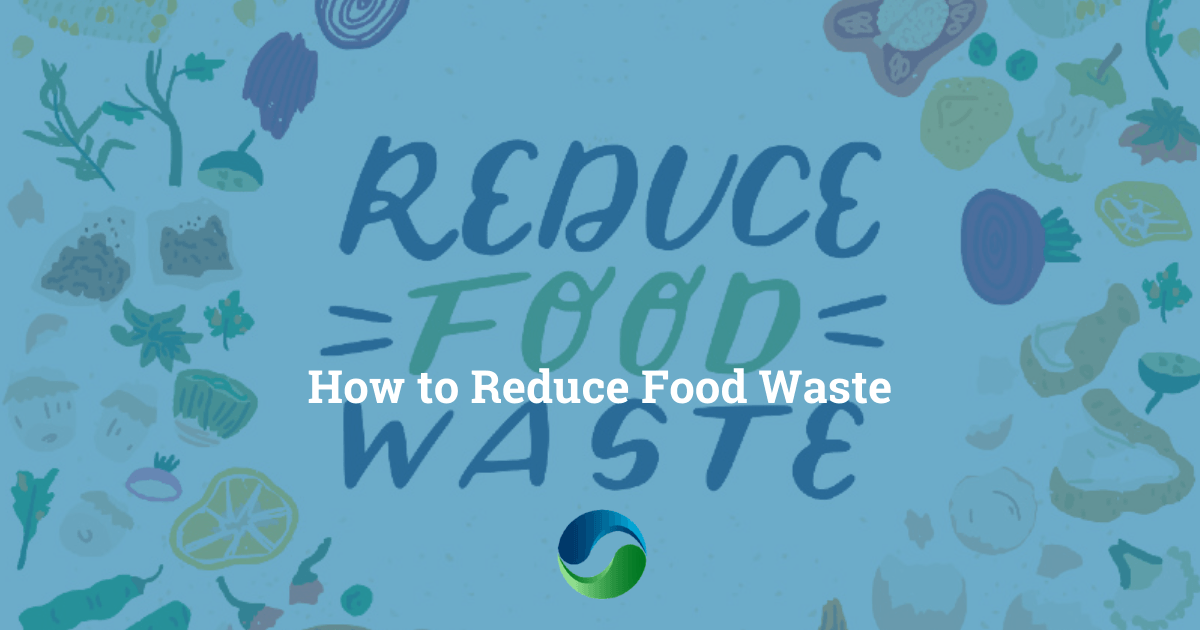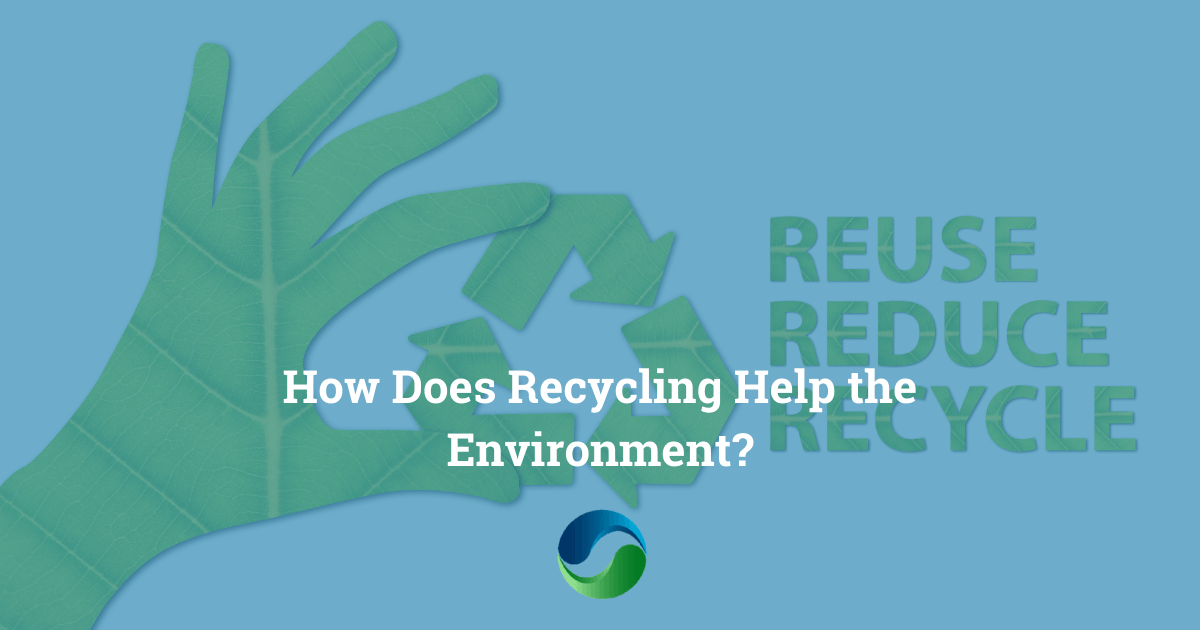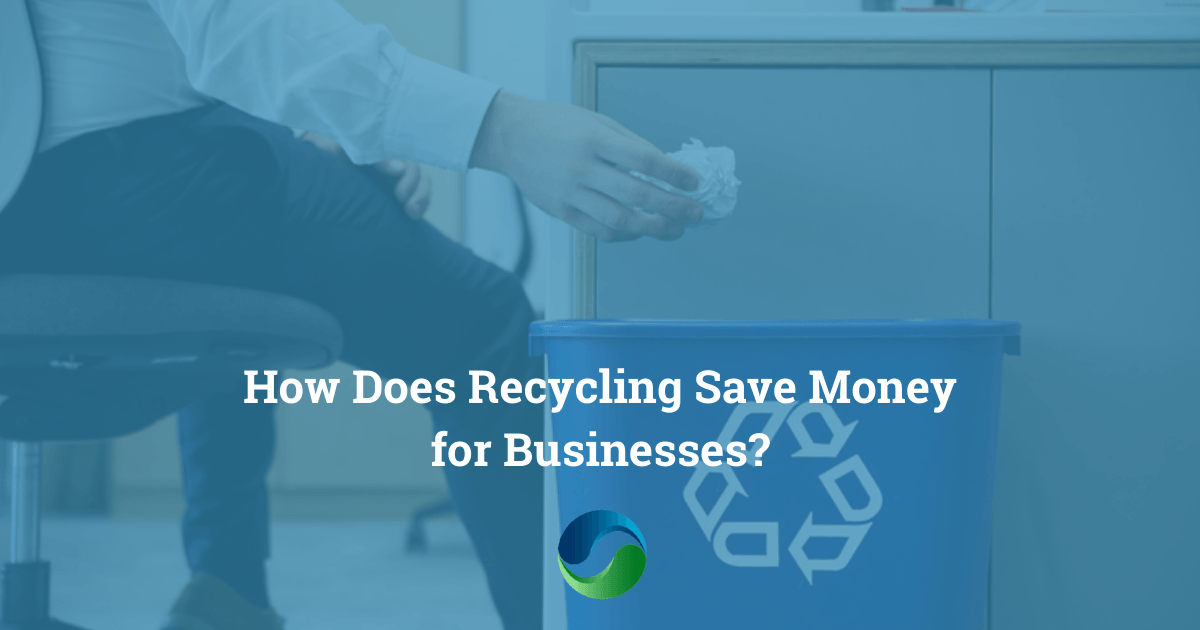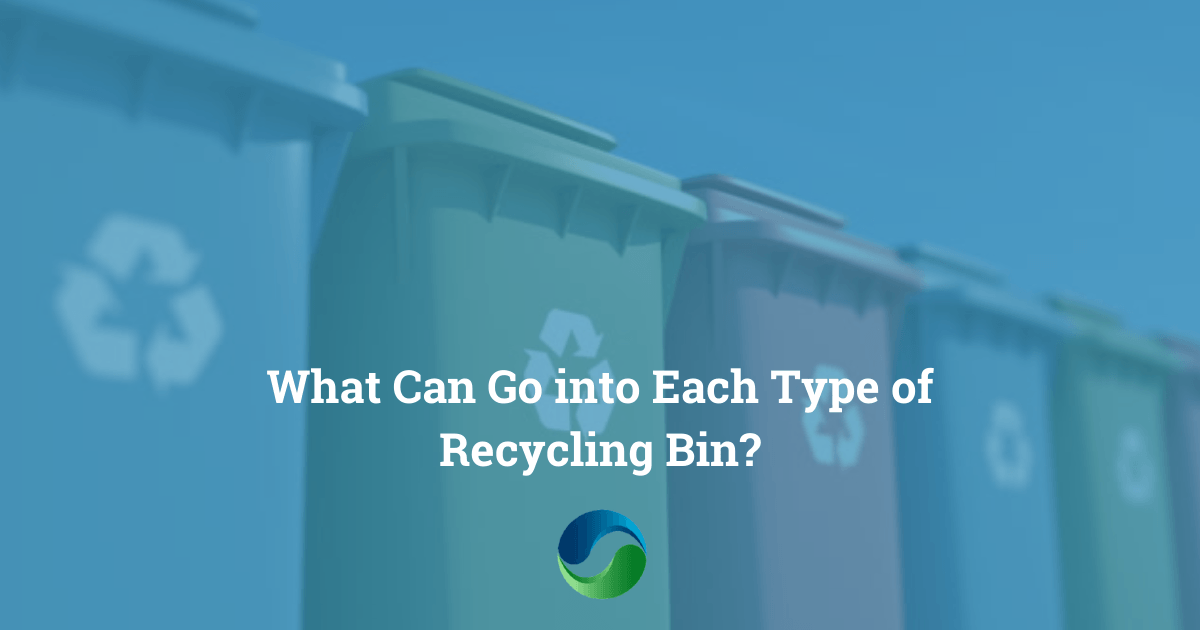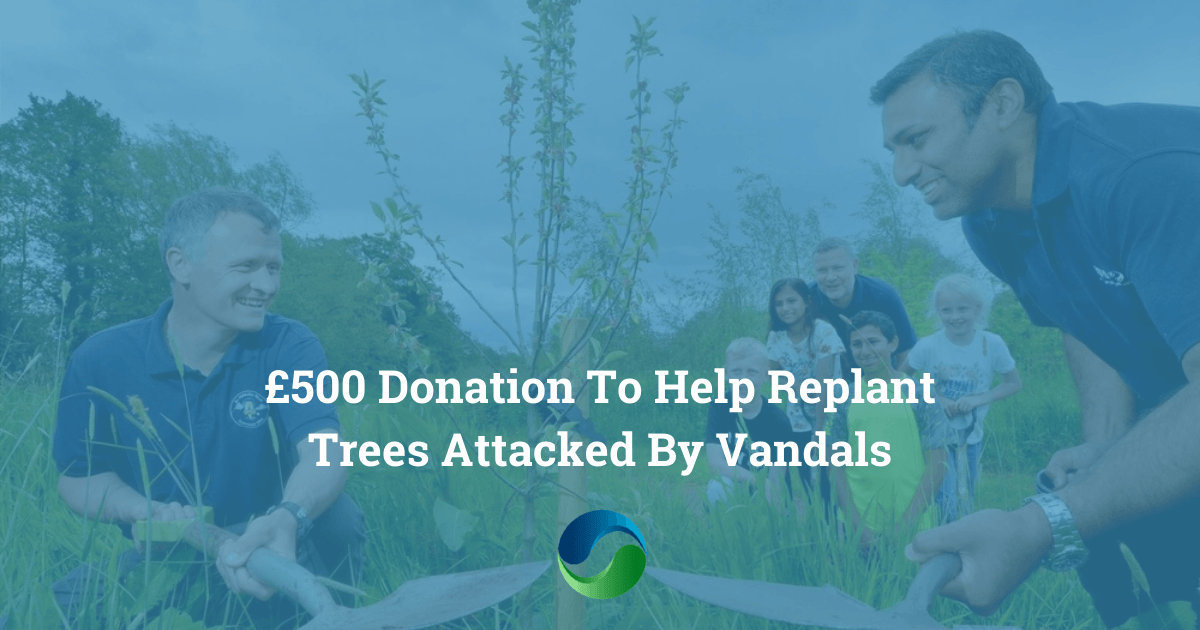
The recycling numbers are a standard way of classifying different forms of plastic, allowing recyclers to sort items more easily.
The numbers 1 - 7 are the recycling code. Occasionally, beneath the numbers, you'll see the abbreviations for the type of plastic (PETE, HDPE, etc). The most widely accepted plastics for recycling are numbers 1 and 2; they're used to make a lot of common plastic containers. A list of the numbers, complete names of the plastics they represent, and some examples of typical containers made with that material follows below:
Number 1 - PETE - Poly(ethylene terephthalate)
Even if you haven't heard the term "polyethylene terephthalate" (PET or PETE), you've undoubtedly used this kind of plastic. It's the most frequently recycled of all, and it can be found in Soft drink containers, plastic water bottles, food
tray packaging and certain Textiles, among other things.
Number 2 - HDPE - High-Density Polyethylene
HDPE, or high-density polyethylene, is the code for this material. This plastic is used to make milk bottles, detergent bottles, butter tubs, car oil bottles and drums, oil tanks, wheelie bins and some shopping bags. It’s a little more durable than PET and nearly as widespread; though its use in packaging is depleting.
Number 3 - V - Poly(vinyl chloride)
PVC is most known for its usage in plumbing, but it's not the only plastic number 3 product. PVC can also be found in cooking oil and shampoo bottles, medical tubing, and drainage pipes, furniture and door skins, among other things.
Number 4 - LDPE - Low-Density Polyethylene
LDPE, or low-density polyethylene, is the alternative to HDPE. LDPE is most often used in shrink wrap, dry cleaning bags, grocery bags, bread bags, and frozen food bags.
Number 5 - PP - Polypropylene
Polypropylene, or PP, has a high melting temperature that makes it ideal for keeping hot liquids. PP is also predominantly used in transit packaging like crates, rigid trays, bread trays and used in children’s toys, buckets and butter tubs. Its increasing use makes it a polymer that is in high demand.
Number 6 - PS - Polystyrene
Polystyrene (PS) is an extremely versatile material. It can be molded into a soft foam, such as packing white goods, or molded into a sturdy CD case. Take-out containers, disposable plates and silverware, aspirin bottles, yoghurt pots, and egg cartons are all made of PS.
Number 7 - Other
The name of this plastic isn't particularly long or scientific, since plastic number 7 is more of a catch-all category that includes everything that didn't fit into the prior six categories. Because it's such a vague category, don't expect your local recycling facility to gather these plastics.
However, you should double-check your local recycling laws on all of these plastics since different cities and areas have varying regulations. You can safely assume that all recyclers will take PP and HDPE (plastics 2 and 5), but it gets vaguer with the other plastics.
Find out what's accepted in your recycling container by consulting your local authority's website. For further information on this topic, or if you are looking for
plastic recycling services, please don't hesitate to get in touch with our experts at
Materials Recovery
today.

